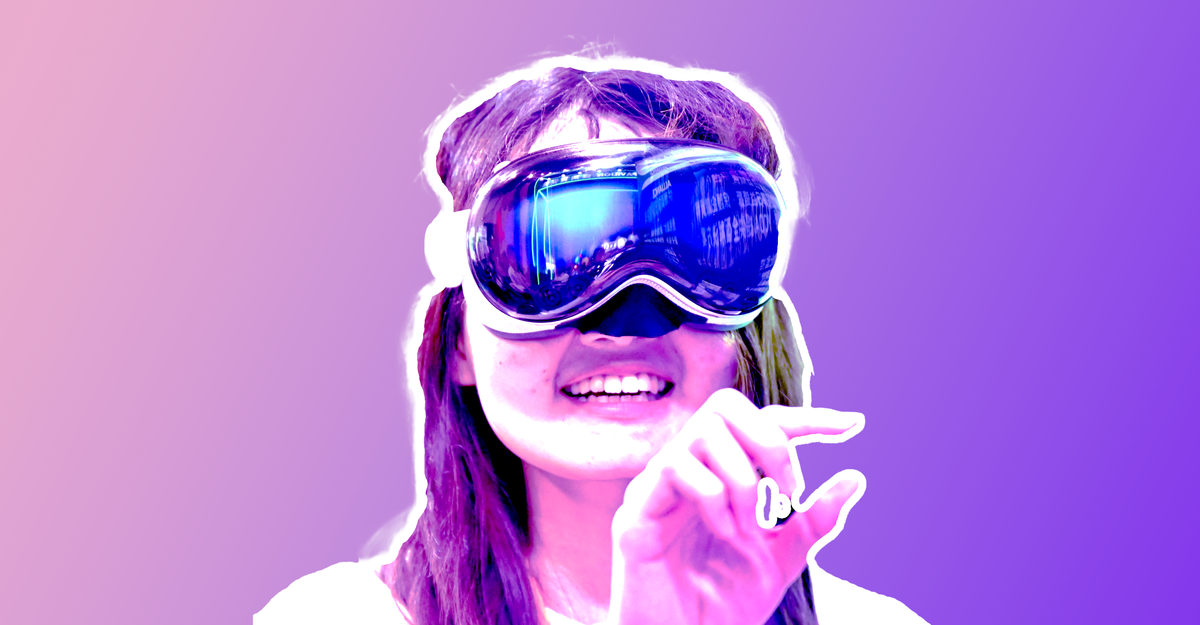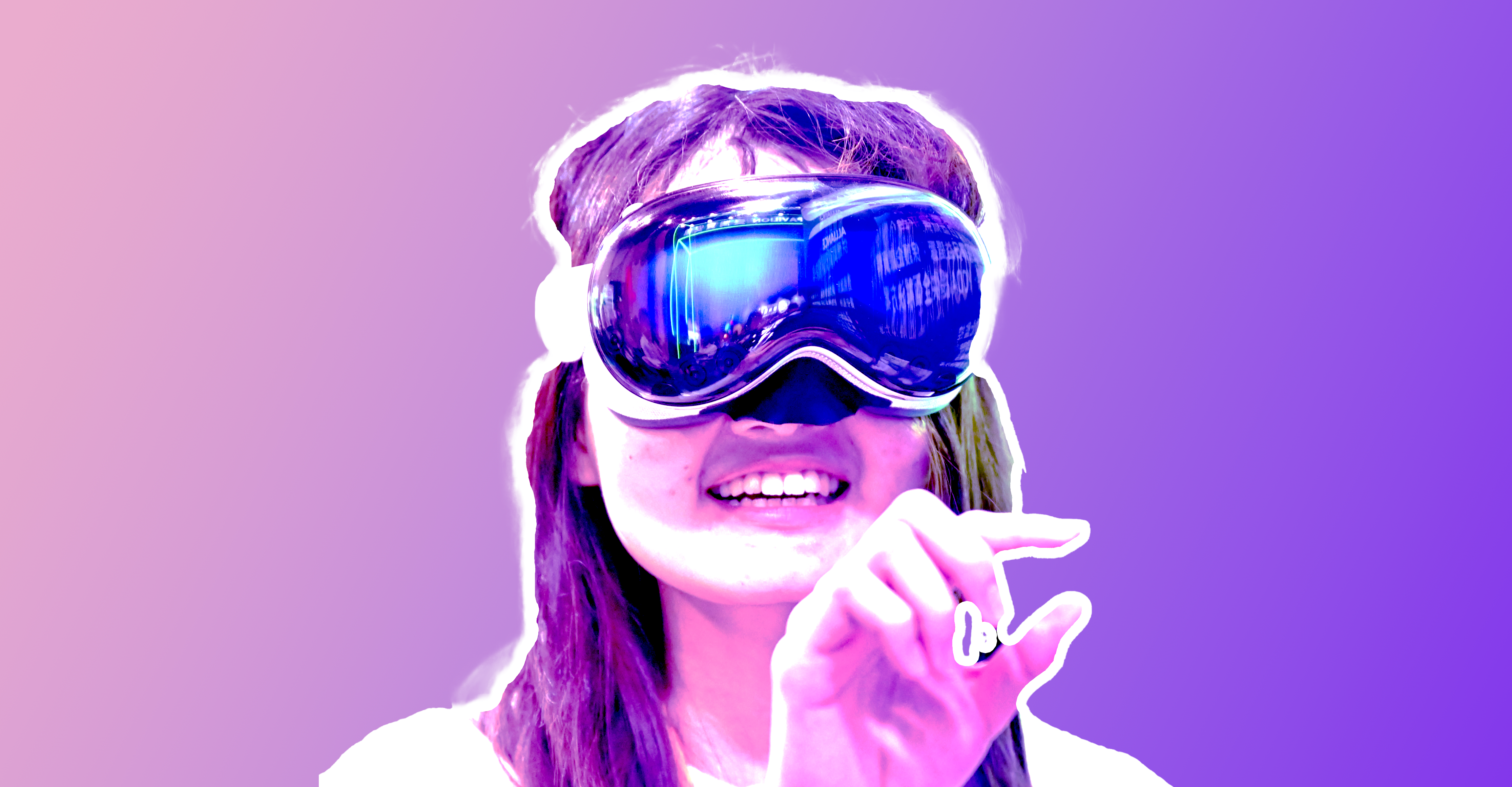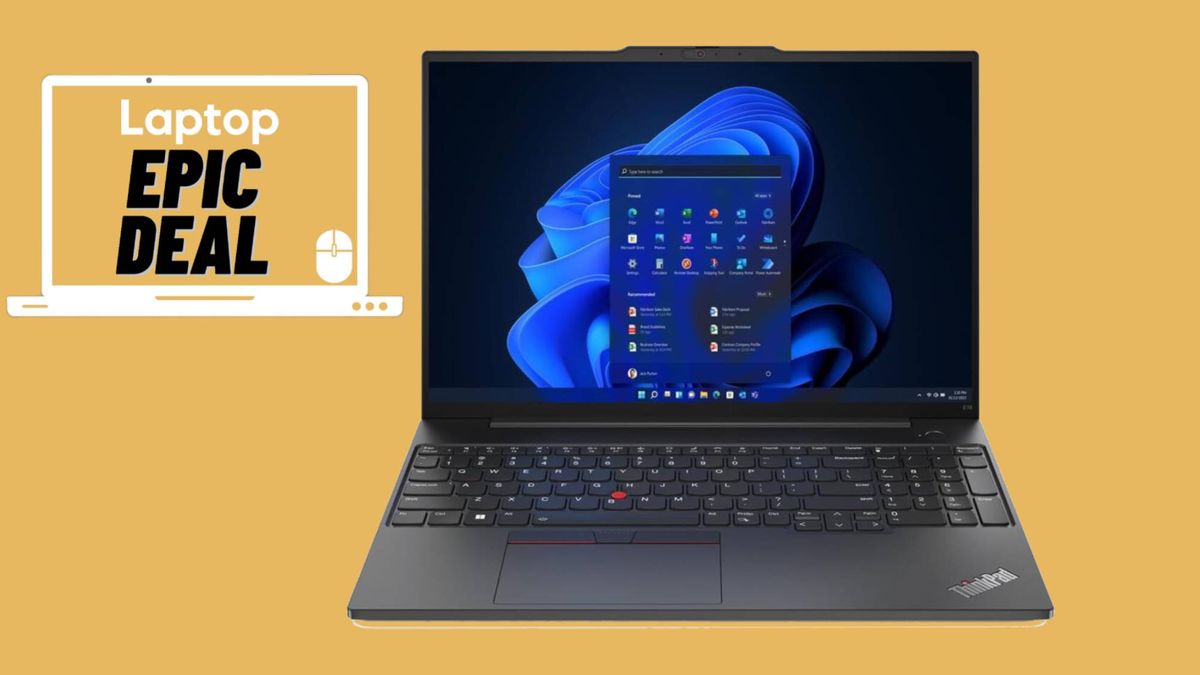

On Tuesday, LG unveiled its newest OLED technology, OLEDoS. These small form-factor 4K OLED displays are designed for all sorts of displays, from smartwatches to the inside of VR headsets.LG showcased the new OLED tech during Display Week, a respected annual display industry symposium by the Society for Information Display in San Jose, California. The symposium brings together notable individuals and companies for a three-day conference that’s not entirely about displays — but more about the technology behind them.OLEDoS (“OLED on silicon”) displays create a smoothness that might revitalize the decades-long stop-start movement in the virtual reality market, which has seen the Apple Vision Pro become the latest underperformer.LG’s presentation focused on the range of its latest OLED technology, from large OLED panels and automotive display solutions for SDVs (Software Defined Vehicles) to the micro-sized OLEDoS panels for VR and smartwatches. The OLEDos technology is small but mighty. In videos released by LG, small squares are filled with vivid color and motion—a promise of what may come:What this means for VRMade up of OLED deposited on a silicon wafer substrate, OLEDoS can deliver VR and AR content in high definition and on a micro-scale. In addition to a higher display scale, the OLEDoS panels will also improve display brightness by up to 40 percent, preventing the loss of detail caused by too-dark pixels. The result is that OLEDoS displays will present smoother, better images than the competition.While the OLEDoS display panels can work on both VR and AR headsets, the VR market has long needed better-quality display panels. Even going back to the first generation of Oculus Rift headsets, one of the major drawbacks of the headset was the low-quality display. Get our in-depth reviews, helpful tips, great deals, and the biggest news stories delivered to your inbox.While resolution in subsequent VR and AR headsets far improved on that first Rift, only the Apple Vision Pro has come close to a 4K display resolution — at 3,660 × 3,200 pixels. 4K UHD resolutions are defined as 3,840 x 2,160 pixels, which means the Vision Pro is just under 4K in horizontal resolution and much higher in vertical resolution. While it is an impressive resolution, it isn’t a standard display format, which can create problems if you’re viewing content designed for 16:9 display formats — like 1080p or 4K. Above: LG’s OLEDos technology as seen through a goggle experience, perhaps not unlike what virtual reality with OLEDos will look like.Even then, the Vision Pro is not a dedicated VR headset but more of an AR computing device, according to Apple. While the latest Meta Quest 3 is a far cry from the 720p VR ocular panels of the past, the 2,064 x 2,208 display is still far from seamless.With 4K OLED display panels, VR could be more approachable than ever — especially if you’ve ever felt motion sickness while wearing a VR headset. One of the primary problems with low-quality VR headsets is the high motion sickness curve. I don’t get seasick easily and frequently spend time well off-shore in rough conditions, and yet the original PlayStation VR version of The Elder Scrolls EV: Skyrim made me nauseous going through the opening tutorial. If we can put higher-resolution, smooth refresh rate display panels in VR headsets, we may lower the barrier to entry for VR. The headset’s weight will still pose a problem for long-term use, but being able to provide smooth content consistently through cutting-edge display technology like OLEDoS could very well cause a VR Renaissance.





